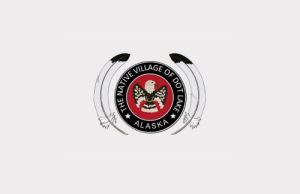
Love Notes—Preventing Violent Relationships in Native Alaskan Villages
Organization: Dot Lake Village Council, Dot Lake, Alaska
Funding: Office of Victims of Crime, Office of Violence against Women
What Problem is Being Solved?
- Native people don’t have Native examples of healthy relationships.
- Many youth are in the foster care system and have grown up seeing lots of violence.
- The Village wants young people to see examples of Natives in Tribes who have healthy relationships.
- Alcohol and drugs, partying, toxic relationships are also issues.
Curricula Used: Love Notes
Curricula Benefits:
- Love Notes content about intimate relationships is not provided in the school or anywhere.
- Evidence based
- Lessons make sense and are ready to teach
- Relevant to diverse populations
- Can be adapted to meet culture values like boundaries and respect.
- Provides content that would have been hard to create because they are not experts.
- Content helps with other problems like molestation.
- Creates culture of safety. For instance, one of the lessons covers – you are a victim – you are not at fault – silence is not consent.
Target Audience: Alaska Native Youth – middle school and high school as well as young adults who actually have relationships
Audience Demographics: Evenly split between males and females
Class Size: Students from Dot Lake plus people a few more from outside the village.
Program Setting: Dot Lake School, plus youth outreach. They are planning to go to schools outside the village—once or twice a week.
Location of Instruction: Dot Lake School, Alaskan Native Culture Camp
Length of Instruction (# of Sessions and hours per session): Several hours over three days during Culture Camp.
Instructors: Virtually trained by Dibble
Challenges: The brutal winter weather and long distances between villages make it more difficult to travel. Online is often a good resource to reach people and communicate
Tips:
- Invite elders who have healthy relationships to come to the camps.
- Add native culture into Love Notes lessons.
- Sides of Love lesson – in Alaskan Native culture they wear medicine bags around their necks. The medicine bag symbolizes family heritage, cultural identity, and the importance of preserving traditions. They use different materials like moose hides to make medicine bags. Students can put items about relationships into their bags.
- Wants to expand into the schools and not just on weekend or at week-long camps but as part of the schools’ cultural standards content. They wrote up a list of cultural standards for youth to learn. They asked the schools to put into the district’s strategic plan.
- Use Dibble materials to get into the classroom to teach relationships and reproductive health where no other sex ed is provided.

